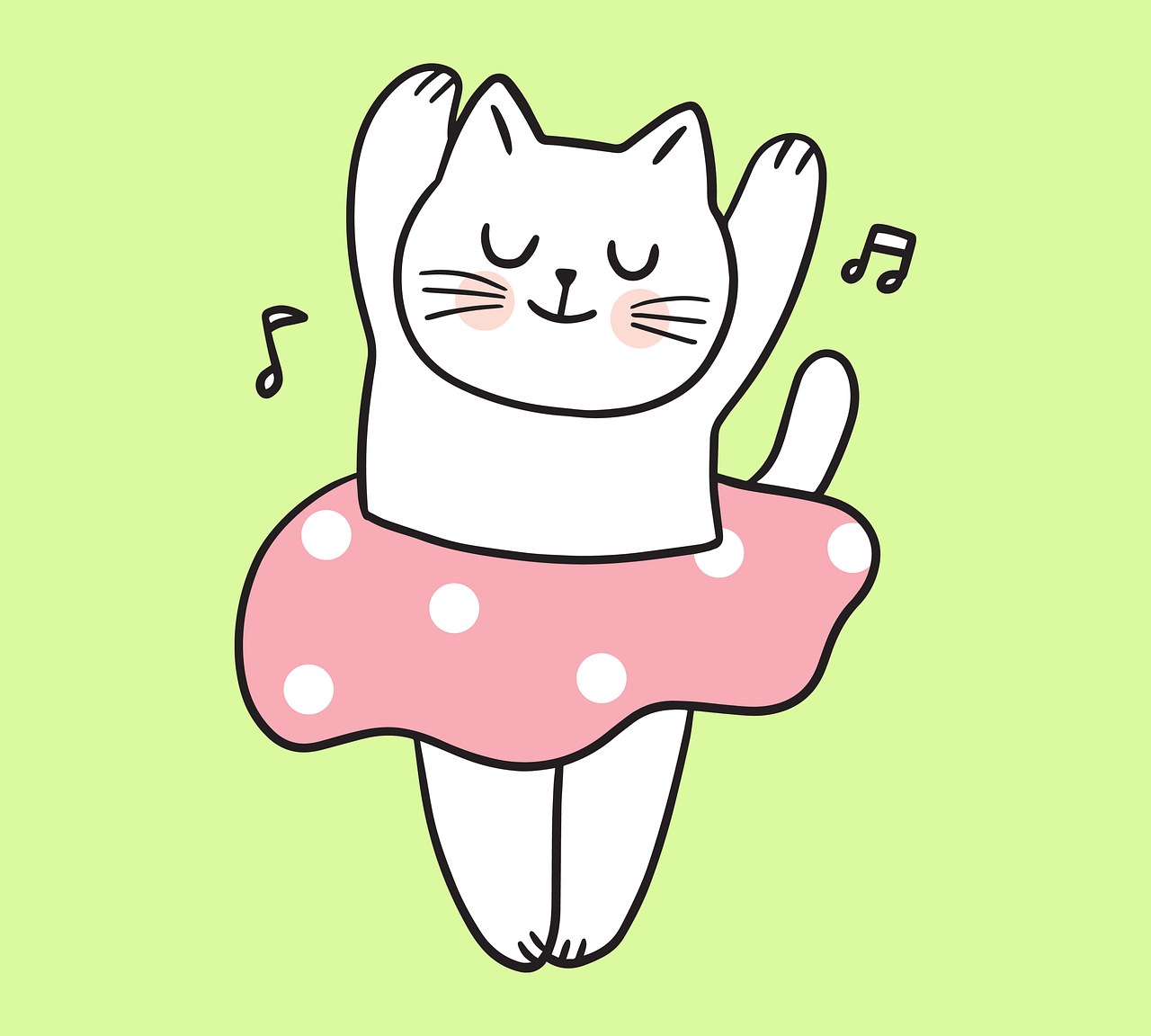Sexuality sits at the crossroads of identity, desire, and lived experience – complex, deeply personal, and sometimes slow to reveal itself. If you are exploring your own feelings or trying to understand someone you care about, it helps to approach the topic with patience and curiosity rather than rushing to labels. Many people discover their orientation early, others only much later, and some keep refining their understanding over time. This piece focuses on female bisexuality and the everyday signals that sometimes surface, alongside thoughtful guidance on dating respectfully when a person identifies that way.
Understanding the basics without oversimplifying
At its core, female bisexuality refers to a woman experiencing attraction to more than one gender. That attraction can be romantic, sexual, or both, and it may ebb and flow across life stages. Some women feel a slight preference one way, others feel none – either experience still falls comfortably within female bisexuality . The distinction from lesbian identity is straightforward: lesbians are drawn exclusively to women, whereas bisexual women experience attraction that includes women and also extends beyond a single gender. Recognizing these contours of female bisexuality helps prevent unhelpful assumptions and lays a foundation for kinder conversations.
Learning about orientation is not a race. If you’re questioning, you’re allowed to move at your own speed. If you’re noticing shifts in your attractions, that can be part of how female bisexuality shows up – not confusion, but honest observation of what stirs your interest. When you extend the same patience to others, you create space where people can share what’s true for them without fear of judgment.

Why certainty can take time
Life piles on plenty – education, work, bills, friendships, the pressure to “have it all figured out.” Sexual identity threads through all of that, which is one reason clarity can be slow. Dating raises the stakes because your choices intersect with someone else’s feelings. You may be drawn to a woman and wonder whether she could be into you too; she may still be learning about herself. Recognizing that uncertainty is part of many people’s journey with female bisexuality can make you a steadier friend, partner, or admirer.
Subtle signs that sometimes point toward female bisexuality
There is no single definitive marker. People disclose their orientation at different times and in different ways. Still, certain patterns can suggest that female bisexuality could be in the picture. Treat these as gentle indicators – not proof, not a verdict – and resist the urge to press someone for confirmation before they’re ready.
She names it plainly. The clearest sign is simple: she says she is bisexual. Self-identification matters, and it’s the most reliable window into female bisexuality . Some people share because they feel safe with you; honor that trust and keep the conversation respectful.

She recognizes attraction across genders. A woman may notice she is romantically or sexually attracted to men and women – even if she hasn’t pursued relationships with each. Being aware of that pull can be part of how female bisexuality is experienced long before any label is spoken aloud.
She has history with more than one gender. Past dating or flirtation with women and men can reflect the breadth of her attraction. It does not need to be a long string of relationships to be meaningful; even a small number of experiences can illuminate female bisexuality .
She has enjoyed same-gender intimacy and is open to more. A single kiss at a party proves nothing on its own. But if she recalls a same-gender experience fondly and expresses interest in repeating it, that openness can be one lens through which female bisexuality is visible.

She talks about women the way she talks about men she finds attractive. Compliments about beauty are common among friends. The difference is in tone and detail – notice when admiration shades into desire. When she describes women with the same spark she uses for men, you may be seeing female bisexuality in action.
She keeps her options gender-wide in casual dating. Some people explore lightly before settling down. If she mentions casual dates with both women and men – and frames them as equally valid – that stance often aligns with female bisexuality .
Her stories include same-gender crushes without fanfare. Passing mentions of a flirty moment with a woman may surface naturally in conversation. The lack of sensationalism can be telling; for many, this is just part of life with female bisexuality , not a headline.
Her community signals safety around LGBTQ+ identity. Friend groups sometimes cluster around shared experience. If many of her close friends are queer or she resonates with spaces that welcome multiple identities, she may feel seen there because female bisexuality is part of her story.
She aligns herself with LGBTQ+ causes. Wearing a pride pin or going to community events can be pure allyship, and it should never be used to interrogate someone. Still, if she couples visible support with personal comments about her own attractions, that context can reflect female bisexuality .
Eye contact carries an invitation. Attraction often reveals itself in how we look at one another – the held gaze, the warm smile that lingers a beat. If you’re a woman noticing those cues from her, they may be part of how she expresses interest within female bisexuality .
She rejects the idea that gender alone determines compatibility. Listen for language that centers personality and connection over gender. Many who live comfortably with female bisexuality describe being drawn to a person’s presence first, with gender as something that does not block attraction.
She invites nuanced conversations about labels. People who engage with the complexities of identity – asking what terms mean, reflecting on how theirs has evolved – are often giving you a respectful window into their relationship with female bisexuality .
None of these observations, taken alone, can confirm anything. A woman can be straight and enjoy baggy clothes, or be a lesbian with mostly male friends; outward details don’t dictate orientation. The key principle is consent and self-definition. If she tells you who she is, believe her. If she hasn’t told you, let her decide when. In every case, compassion should lead – it’s the healthiest way to honor the realities of female bisexuality .
How to be considerate when dating a bisexual woman
If you’re moving from curiosity to courtship, your mindset matters. Misinformation can stir needless anxiety. The following guidance reframes common myths and helps you build a steadier connection with someone whose experience includes female bisexuality .
Do not call it a phase. Treat her identity as real and stable. People with female bisexuality are not “trying something out” by default – they are naming their authentic pattern of attraction. Even if someone once used a different label, that earlier chapter does not make their present truth temporary.
Attraction to more than one gender is not a cheat code for infidelity. Cheating springs from choices and values, not from orientation. Assuming that female bisexuality “doubles temptation” only creates distrust. Build boundaries together and judge commitment by behavior, not by myths.
She is not attracted to everyone. Nobody is. The idea that female bisexuality equals universal attraction misreads how desire actually works. Preferences still exist, chemistry still matters, and respect for her autonomy is non-negotiable.
Coming out can feel risky – make safety obvious. Because stereotypes persist, she may worry about how you’ll react. If she discloses female bisexuality , listen without interrupting, thank her for trusting you, and ask what support looks like. Gentle curiosity beats defensive questions every time.
There is no percentage pie chart. Some people try to quantify orientation – half this, half that – but human attraction resists tidy math. Within female bisexuality , feelings can be situation-dependent. Accept the nuance rather than pressing her to split herself into fractions.
Bisexuality does not automatically mean a desire for threesomes. Threesomes are about relationship agreements, not identity. Someone with female bisexuality may be monogamous, adventurous, unsure, or not interested – just like anyone else. Ask about interests with care and accept the answer you receive.
Capacity for commitment is not limited by orientation. Concerns that a bisexual woman might leave a woman for a man – or vice versa – mistake cause and effect. Relationships end for many reasons. With female bisexuality , long-term commitment is fully possible when trust and compatibility align.
She may feel between worlds – be a bridge, not a gatekeeper. Some bisexual women report feeling not “gay enough” for queer spaces and not fully understood in straight ones. If female bisexuality leaves her feeling in-between, you can help by affirming her identity publicly and privately, without asking her to prove it.
Practical ways to show respect while dating
Principles are important, but day-to-day actions are where care becomes tangible. These simple practices keep dignity at the center and make room for the complexities of female bisexuality .
Use the words she uses. If she says “bisexual,” mirror that language. Should she prefer a different term later, flow with her. Language around female bisexuality can evolve, and following her lead signals that you’re attentive.
Ask before you share. Orientation is personal. If you’re unsure whether friends or family know about her female bisexuality , check in before discussing it. Let privacy and consent set the pace.
Challenge stereotypes when you hear them. Small comments add up. When others rely on myths that flatten female bisexuality , counter with empathy. You don’t need a lecture – sometimes a calm correction is enough.
Focus on compatibility. Do your values align? Do you communicate well? Those questions matter far more than any outsider’s assumptions about female bisexuality . Nourish the connection that actually exists between you.
Giving yourself room to explore
If you’re the one questioning, you deserve time and gentleness too. You may notice that certain friendships hum with possibility, that your daydreams include women as well as men, or that your history suddenly makes more sense in hindsight. None of that forces you to declare anything before you’re ready. Many people living with female bisexuality found clarity gradually – through noticing patterns, trying a date that felt right, or simply admitting their attractions to themselves. Pressure tends to cloud the picture; kindness clears it.
It can help to journal privately, to say your thoughts aloud to a trusted friend, or to practice language that feels comfortable – “I’m attracted to more than one gender,” or “I’m figuring out how female bisexuality fits for me.” You don’t owe anyone a fixed script, and you can change course as you learn. The goal is not to pass a test; it’s to live honestly with your own heart.
Reading cues without crossing boundaries
Curiosity is normal, but prying isn’t. If you suspect someone close to you might identify with female bisexuality , prioritize respect over detective work. Let their signals lead: if she volunteers information, meet it with warmth; if she doesn’t, don’t push. Social media follows, fashion choices, or friend groups can be part of a bigger picture – or they can mean nothing. Ask yourself whether knowing changes how you should treat her. Most of the time, basic decency already points the way: kindness, confidentiality, and consent.
When in doubt, frame your interest around connection rather than category. “I enjoy spending time with you and would love to take you out” says far more – and risks far less – than “I’m trying to figure out your label.” If she shares that she relates to female bisexuality , you can ask what that means for dating her specifically: pace, boundaries, what feels comfortable. Centering her perspective is both considerate and clarifying.
Common myths – and the calmer truths behind them
Misconceptions can make conversations tense. Gently replacing myths with grounded understanding keeps room for care, especially when female bisexuality is part of the picture.
Myth: “Bisexual means indecisive.” Reality: Orientation describes who you’re drawn to, not your capacity to choose a partner. Within female bisexuality , decisions about relationships are just as deliberate as anyone else’s.
Myth: “Bisexual partners always want multiple people.” Reality: Relationship style is a choice. People with female bisexuality thrive in monogamy, open models, or anywhere in between – the key is mutual agreement.
Myth: “It’s only valid if you’ve dated both.” Reality: Attraction exists even before experience. Someone can know female bisexuality fits long before their dating history “balances out.”
If you’re hoping to date her, lead with empathy
Start by building trust. Show up on time. Follow through. Ask questions that invite her story rather than assuming you already know it. If she mentions difficult past reactions to female bisexuality , acknowledge the hurt without minimizing it. You can set a different tone – one where she doesn’t have to justify herself.
Be clear about your own needs too. Maybe you want exclusivity; maybe you need slower pacing at first. Naming your boundaries invites her to name hers. People often find that once myths are off the table, dating someone whose experience includes female bisexuality looks a lot like dating anyone else: two humans learning each other’s rhythms and choosing kindness on purpose.
Keeping perspective
In the end, orientation is one thread in a rich tapestry. Treat it as important – because identity matters – without making it the only thing. If you’re exploring, allow yourself moments of uncertainty and joy. If you’re dating someone, let curiosity be gentle and your listening be generous. When you hold that stance, you’ll notice how female bisexuality often sits quietly alongside all the other elements that make a person who they are: humor, values, dreams, the way they light up when they talk about what they love.
Perhaps the most honest compass is simple: pay attention to what you feel and what she tells you. If the conversations you share grow kinder and more open, you’re already doing something right. That’s where respect for female bisexuality becomes more than an idea – it becomes a way of seeing and caring for another person, exactly as they are.